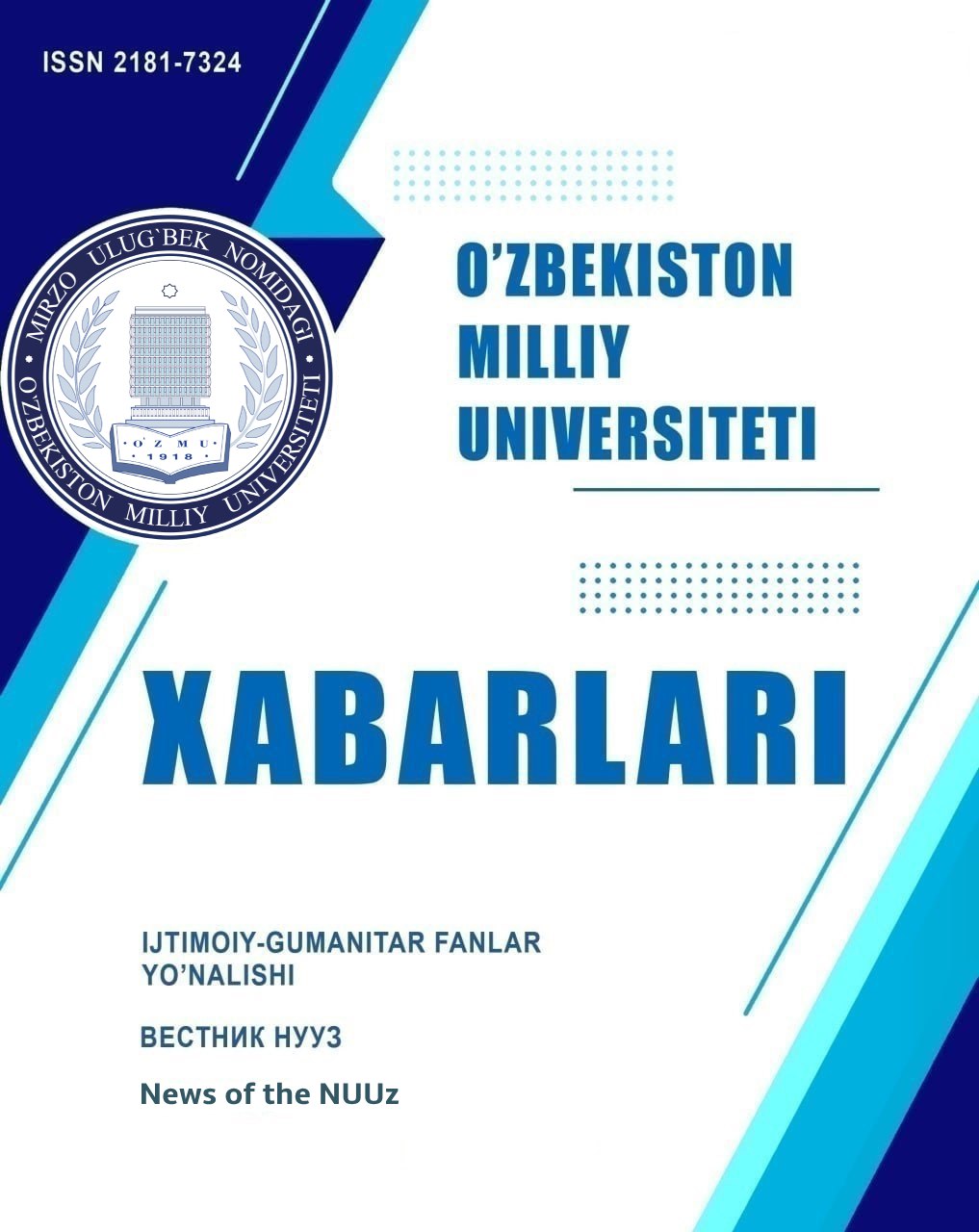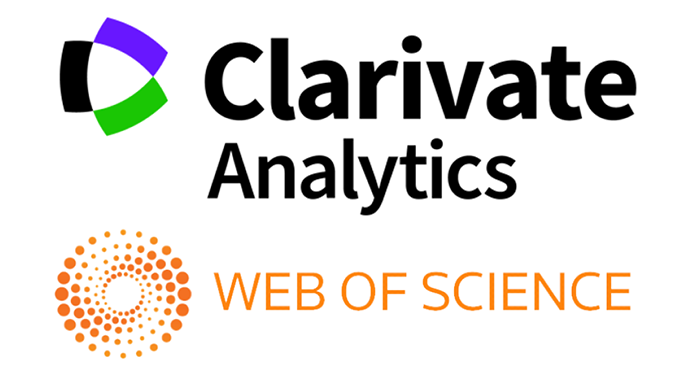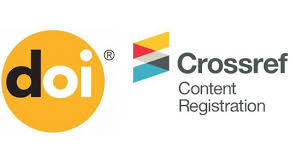LEVERAGING BLENDED LEARNING FOR ENHANCED MEDICAL EDUCATION
Abstract
Blended learning, combining traditional face-to-face instruction with online learning components, has gained prominence in medical education as a means of enhancing flexibility, accessibility, and learner engagement. This paper reviews the existing literature to evaluate the effectiveness of blended learning models in medical educational organizations. Through a comprehensive analysis of empirical studies, the paper examines the impact of blended learning on learning outcomes, student satisfaction, and the overall educational experience in medical training programs. The findings suggest that blended learning models offer numerous benefits, including improved knowledge retention, increased learner autonomy, and enhanced collaboration among students. However, challenges such as technological barriers, faculty resistance, and the need for pedagogical redesign must be addressed to maximize the potential of blended learning in medical education. Recommendations for future research and practice are provided to guide the continued integration and optimization of blended learning models in medical educational organizations.
References
Means, B., Toyama, Y., Murphy, R., Bakia, M., & Jones, K. (2009). Evaluation of evidence-based practices in online learning: A meta-analysis and review of online learning studies. US Department of Education.
Ruiz, J. G., Mintzer, M. J., & Leipzig, R. M. (2006). The impact of e-learning in medical education. Academic Medicine, 81(3), 207-212.
Rowe, M., Frantz, J., & Bozalek, V. (2012). The role of blended learning in the clinical education of healthcare students: A systematic review. Medical Teacher, 34(4), e216-e221.
Wutoh, R., Boren, S. A., Balas, E. A., & eHealth Education, C. (2004). eLearning: a review of internet-based continuing medical education. Journal of Continuing Education in the Health Professions, 24(1), 20-30.
Garrison, D. R., & Kanuka, H. (2004). Blended learning: Uncovering its transformative potential in higher education. The Internet and Higher Education, 7(2), 95-105.
Cook, D. A., Levinson, A. J., Garside, S., Dupras, D. M., & Erwin, P. J. (2010). Internet-based learning in the health professions: a meta-analysis. JAMA, 300(10), 1181-1196.
Ruiz, J. G., & Cook, D. A. (2013). The effectiveness of e-learning in health professions education: A systematic review of the literature. Medical Education, 48(9), 885-897.
Ellaway, R., Masters, K., & AMEE Guide. (2008). Revitalising problem-based learning: A multimedia approach. Medical Teacher, 30(5), 543-545.
Chen, F., Lui, A. M., & Martinelli, S. M. (2008). A systematic review of the effectiveness of flipped classrooms in medical education. Medical Education, 52(9), 915-922.
Kim, K. J., & Bonk, C. J. (2006). The future of online teaching and learning in higher education: The survey says... Educause Quarterly, 29(4), 22-30.
Copyright (c) 2024 News of the NUUz

This work is licensed under a Creative Commons Attribution-NonCommercial-ShareAlike 4.0 International License.


.jpg)

1.png)







